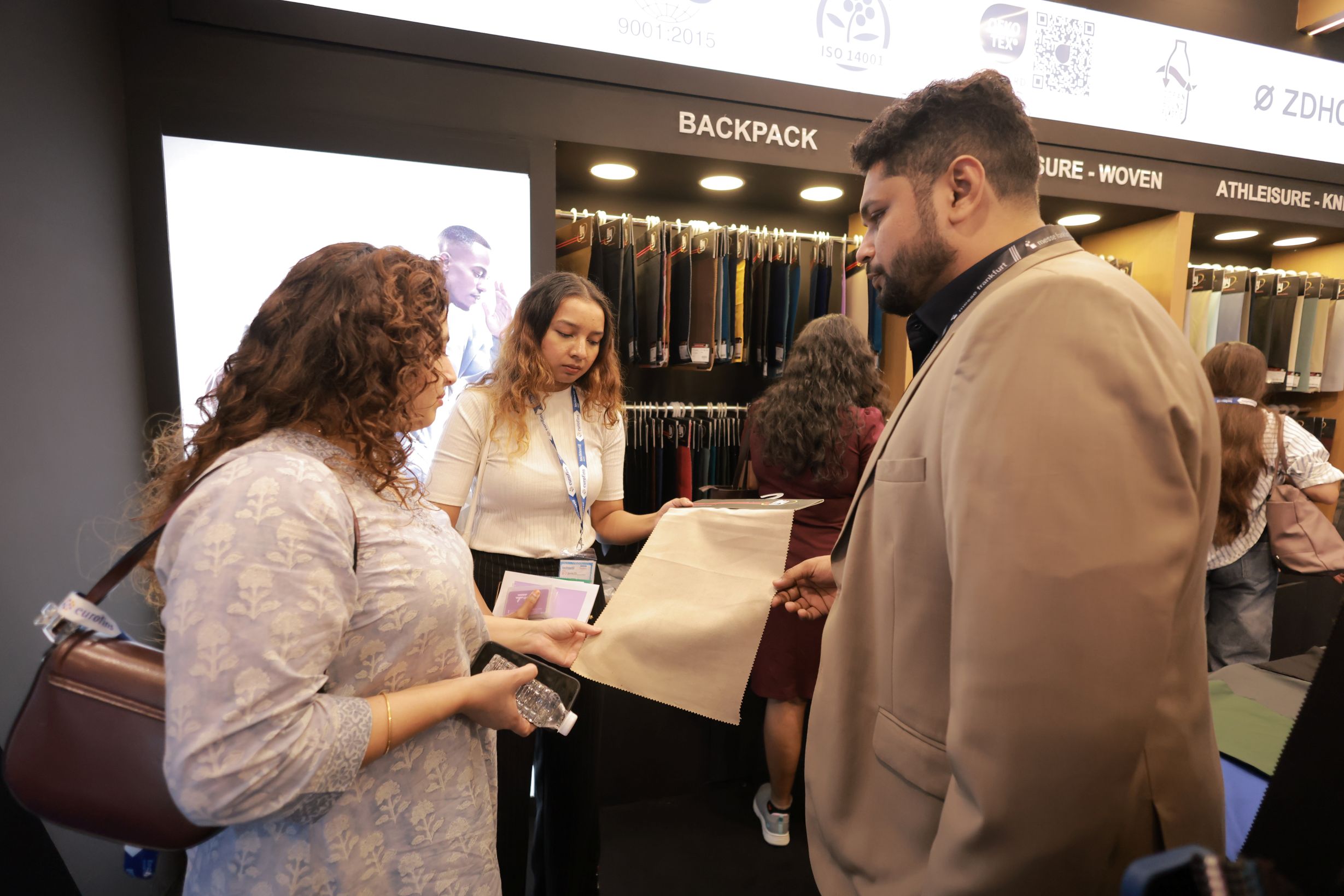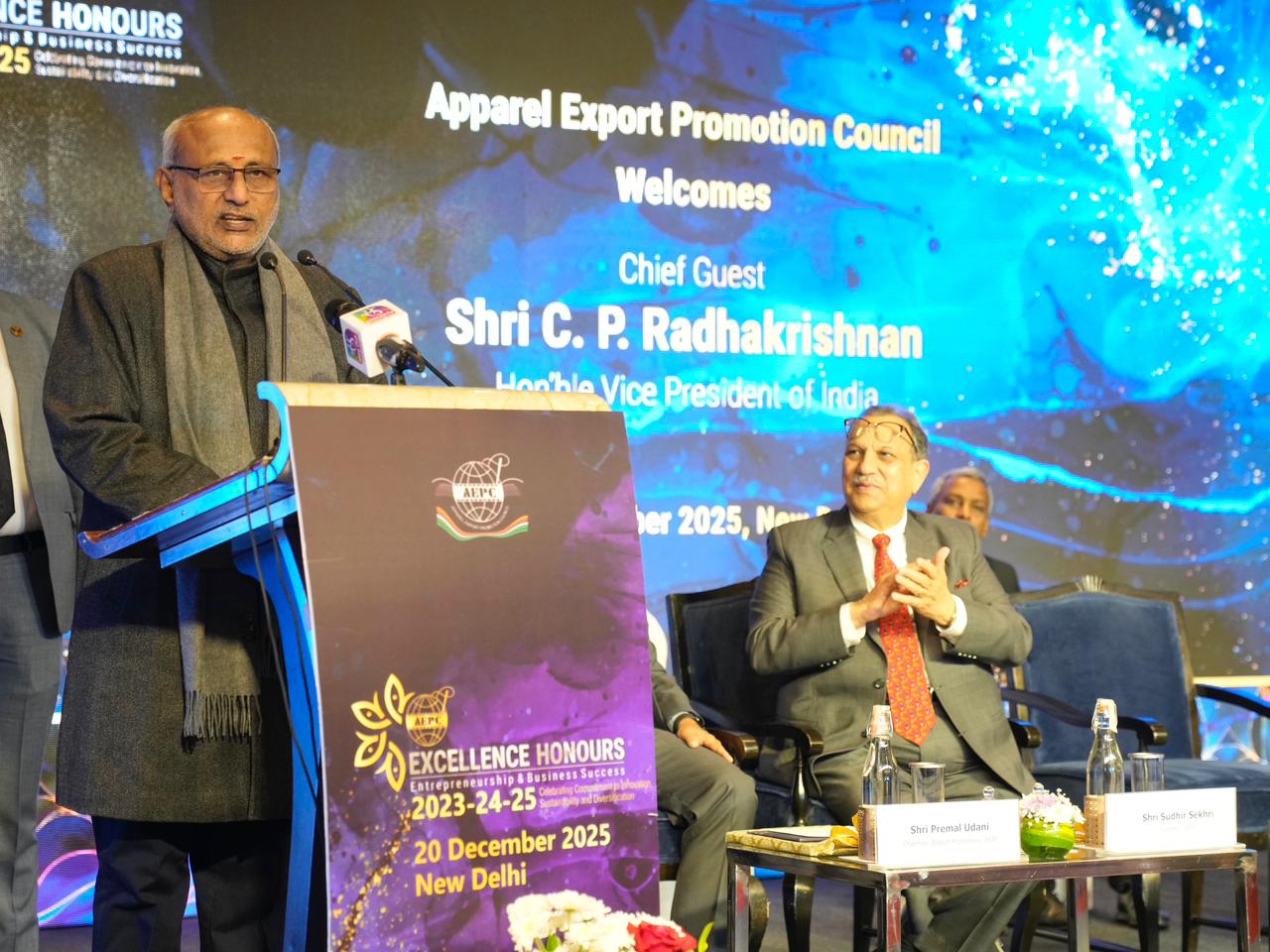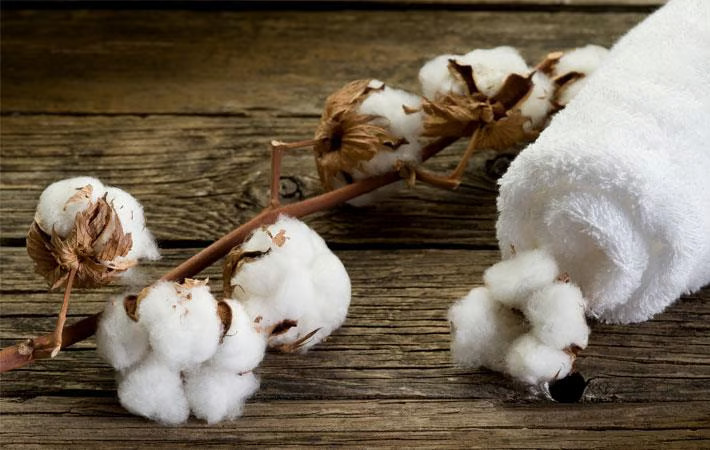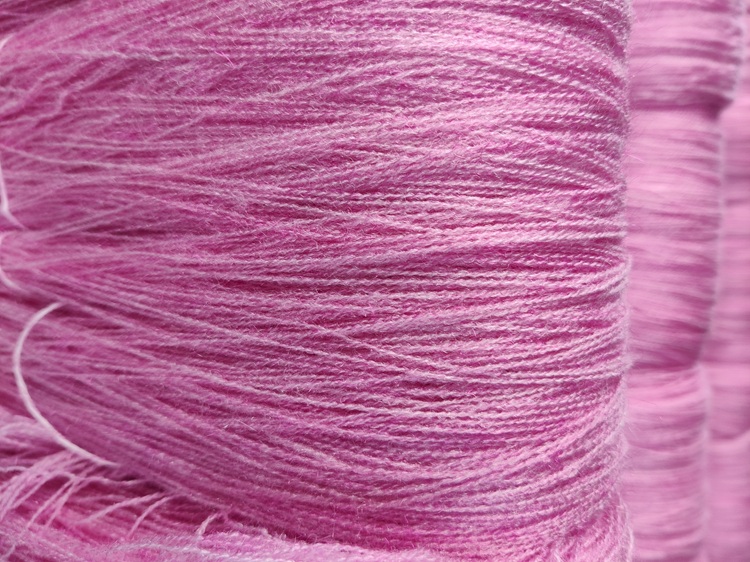
FashionatingWorld engages professionally itself in all value adding customized services that could help companies, brands, retailers, buyers & sellers and trade bodies around the world to leap frog growth. With our expanding panel of experts with decades of experience, in their respective expertise area, scaling up business seems to be an exciting activity.
Our services include:
- Partnership & Licensing
- Joint Ventures
- Acquisitions & Mergers
- Funding & Private Equities
- Networking
- Matchmaking
- Franchising
- Sourcing
- Consultancy
- Promotions, Data enabled promotions
- Branding, Marketing & Sales
- Launch in a new country
Reach out in full confidentiality
This email address is being protected from spambots. You need JavaScript enabled to view it.
FashionatingWorld is looking for Win-Win partnerships across countries with B2B communication and sourcing companies, experts and trade bodies for promoting global trade of fashion retail, apparel and textiles.
Queries
This email address is being protected from spambots. You need JavaScript enabled to view it.
Partner with us at
This email address is being protected from spambots. You need JavaScript enabled to view it.
News, Press Releases & Information
This email address is being protected from spambots. You need JavaScript enabled to view it.
FashionatingWorld is a seamless network of GLOCAL (global and local-country specific) web platforms with sector focused approach on Fashion Retail, Apparel and Textiles. Sectors are a pleasurable experience taking you closer to your own sector for news and content related to the sector while seamlesslessly offering you a combined platform to browse for a much broader insight and understanding on all sectors right from Fashion Retail to Apparel (& Apparel SupplyChain) to Textiles (& Textile SupplyChain) aspects.
FashionatingWorld is set to connect the global fraternity through news, information and valuable insights on the contemporary developments in the industry. The country specific web platforms address news and other contents related to their country in their local business language, while global website addresses global news and content in English language.
FashionatingWorld is collaborative and cooperative model of combining strengths of B2B communication companies in each country to evolve a genuine and exclusive global platform.
Built & Brought by An independent holding company engaged in trade promotion with its stakeholders around the world in USA, Europe, Hong Kong, China and India, FashionatingWorld is looking for Win-Win partnerships across countries with B2B communication and sourcing companies, experts and trade bodies for promoting global trade of fashion retail, apparel and textiles.
this is a dummy article
Trial data .....
Trial data .....
Trial data .....
Trial data .....
Trial data .....
Trial data .....
Groz-Beckert, a quality supplier of textile machine components in the area of textile surface formation, has opened a new office in Thane, Maharashtra. Its aimed at servicing customers in the western region. Apart from its office in Chandigarh, it also has an office in Tirupur that caters to the south Indian markets. The regional office at Thane west is headed by Sanjay Chawla, Sales Director.
India is the 2nd largest market for Groz-Beckert, and a strong presence has been maintained here for more than 50-years through its wholly owned subsidiary Groz-Beckert Asia. As the knitting and garment industry evolved over period, the company has kept pace by steadily expanding its distribution network across the country, and opening branch offices in important knitting centres of Ludhiana and Tirupur.
"Taking its commitment to customer service a step further, the company has recently inaugurated two new regional offices at Gurgaon and Thane, in addition to the already established office at Tirupur. These regional sales offices will represent all divisions of the company, i.e., knitting, weaving, felting, tufting, and sewing," said Chawla.
The company will also focus on seminars and workshops on products application in order to enhance the knowledge levels of the industry people, said Anton Reinfelder, Managing Director of Groz-Beckert Asia. "These new regional offices will help the company to forge closer ties with our customers, understand their needs and develop new products and applications," said Anton.
For Groz-Beckert, research and development have always been important corner stones of corporate success. The objective of the company is to be the pioneer of innovation for the entire textile chain wherever textile surface production technologies are required and whenever new technologies or systems need to be developed.
www.groz-beckert.com/
Tags
Apparel India, Apparel World (India), Apparel Technology (India), Textile India, Textile World( India),Textile Technology (India), Knitting( India), Sanjay Chawla, Anton Reinfelder ( people)
With the aim of attracting more clicks and increasing sales, Flipkart, a multi brand e-retailer has recently expanded in the women’s apparel segment. In fact Flipkart is a later starter in this space as competitors such as Jabong, Yebhi, Tradus, Myntra, Fashionara, DonebyNone, Zovi among others have already captured market share.
Flipkart’s expansion strategy is being sighted as a good example of the way Indian ecommerce market is evolving in terms of category adoption from online buyers and how the market is maturing from comparable goods demands online to subjective good demands online. Each category expansion for Flipkart is driven thorough market research and feasibility judgment.
For horizontal retailers, the idea is to acquire the customer with low ticket size, competitively priced products and make them move up the value chain towards high margins product and high ticket size. In the case of Flipkart, the foundation was laid by book sales, which ‘may be’ at negative margins for now, electronics further helped it in increasing the ticket size per transaction although still at low-to-negative margins. And next was to increase the categories by providing further options and compelling purchases to improve margins, of which apparels, digital goods, and mixing and pushing of private labels are seen as positive examples.
www.flipkart.com
Manyavar, a leading Indian men’s ethnic fashion brand has announced plans for expansion across the Middle East region. Launched in Dubai in 2011, it has opened a third showroom in Karama, taking the brand’s global presence to a total of 228 stores across India, Bangladesh and the Middle East. Manyavar said in a statement that it plans to open six more stores in the Middle East during 2013.
The newest shop, which offers a range of kurtas, sherwanis and accessories such as traditional footwear and turbans, was inaugurated by actor Jayaram Subramaniam. He said, “Manyavar houses some of the best designs in traditional wear for men. The comfort, style and colours add the much needed enthusiasm to any occasion... Manyavar is a must for all men looking to wear something traditional yet trendy.”
Manyavar’s Lalit Kothari said, “Our growth is a testament to the loyal clientele that has been with us for years now. Manyavar products are a result of stringent research and customer feedback. As we plan to open six more outlets by the end of 2013, we are only positive that Indian ethnic menswear will transcend further through other nationalities owing to its style, fashion presences and vibrant offerings.”
www.manyavar.com
With his spring/summer 2013 collection, Elton Fernandez makes his debut in the world of fashion design. His signature label was launched at the Mumbai store Atosa and Fernandez aims to celebrate the simple and arresting nature of a woman's sensuality through this line.
Fernandez has always believed in following his heart and therein lies his mantra for success. A graduate in English literature, political science and world history, he took a detour by opting to pursue a full-time freelance career in makeup and hair. In a short span of time, his clientele expanded to include actors Sonam Kapoor, Sonakshi Sinha, Kalki Koechlin and Shruti Haasan. Bollywood actor Poorna Jagannathan sported an outfit from his first collection at the Mumbai premiere of ‘Midnight's Children’ she wore a two-toned dress with white organza embroidery.
The influences for his first eponymous clothing brand come from those early days of his life and memories of the past.
Most Indian designers who till now catered to a market are now busy exploring various retail routes in a bid to reach out to a wider audience. They are setting up stores and not just on high-streets but even smaller towns. It’s perhaps a realisation of the need to create wearable clothes for the common man. Recent designer store launches include Tarun Tahliani's new flagship in Delhi, Ashima Leena’s flagship store at the DLF Emporio Mall in New Delhi among others.
While Kolkata already has two home-grown design powerhouses in the form of Sabyasachi Mukherjee and Anamika Khanna, now designer Raghavendra Rathore too has opened a menswear store as a part of his expansion plans. He is planning stores in Mumbai and Punjab within the year. Evolv, multi-designer store from Chennai has now set up shop in Ludhiana, where they offer affordable collaborations from brands like CUE by Rohit Gandhi and Rahul Khanna, Abraham & Thakore, Gaurav Gupta and more.
And recently, designer Manish Malhotra launched a collecteion especially created for the Pune market that includes anarkali suits, georgettes and chiffon bejewelled saris among others. The range was unveiled at city’s biggest fashion and multi designer store Rudraksh.
www.manishmalhotra.in












